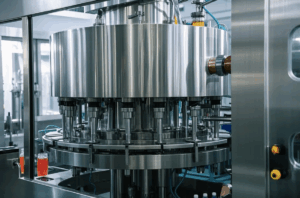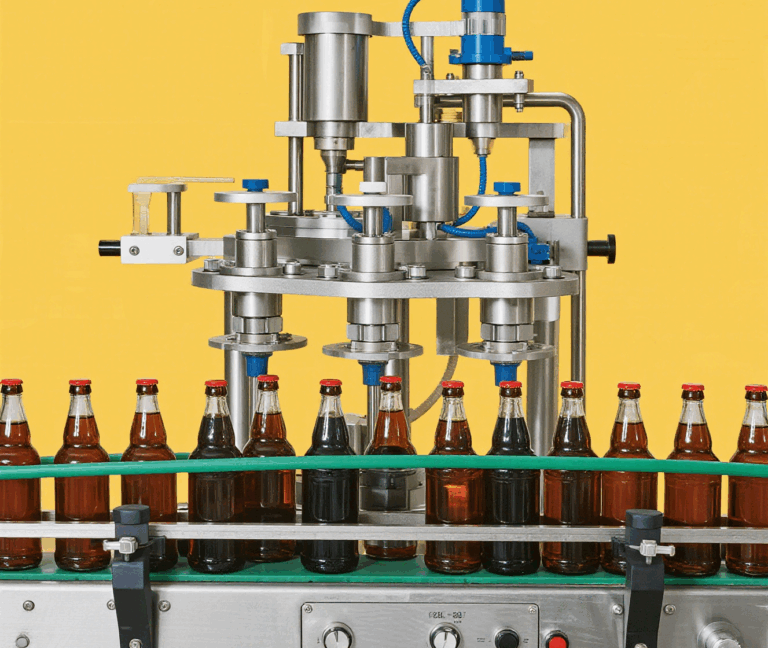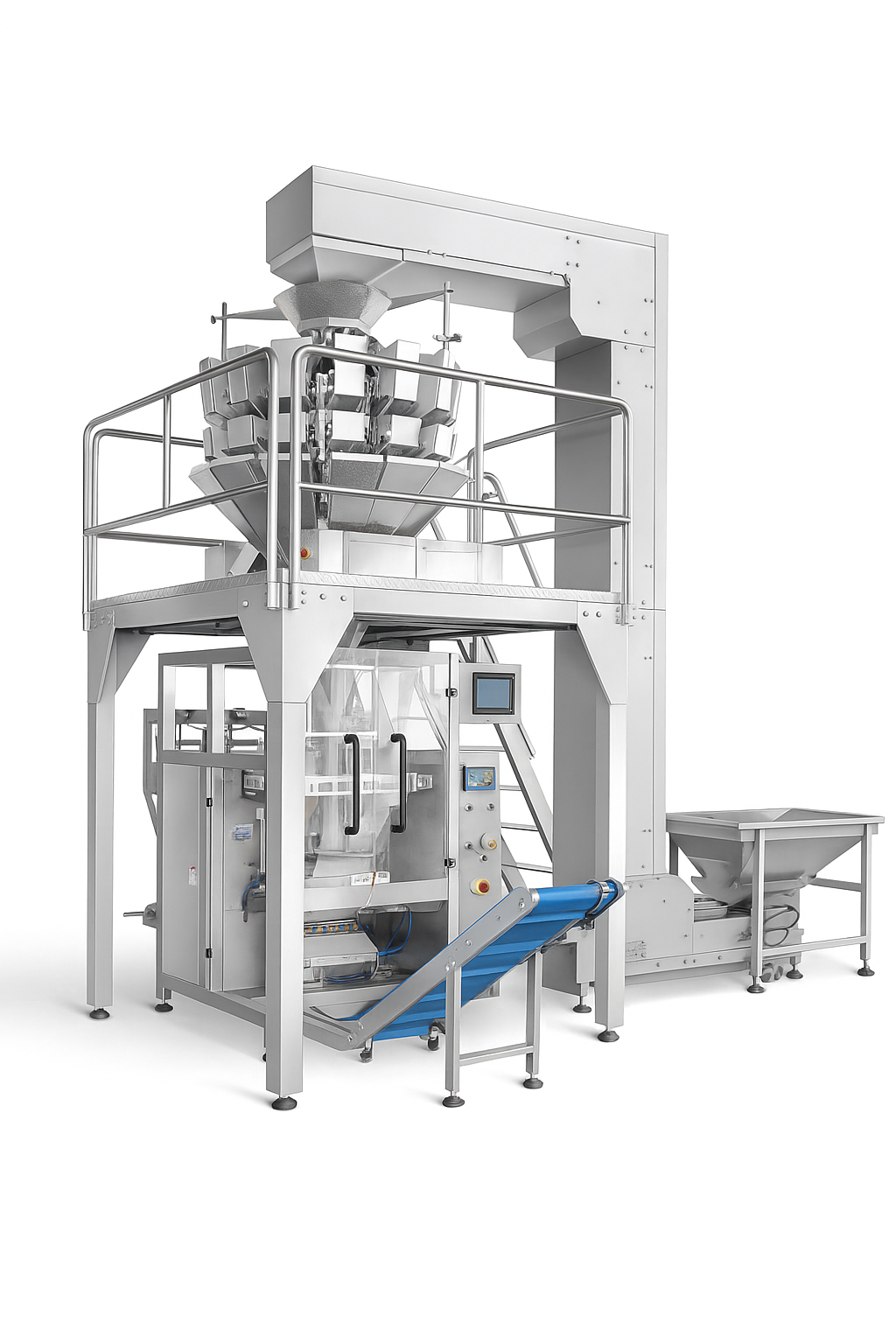Table of Contents
A carbonated beverage filling machine plays a pivotal role in preserving carbonation and maintaining product consistency during bottling. In today’s fast-evolving beverage market, ensuring that every bottle or can retains its intended CO₂level is not just a quality goal—it’s a business necessity. From leveraging isobaric filling technology to meeting environmental packaging demands, the performance of carbonated beverage filling machines directly affects productivity, sustainability, and consumer satisfaction.
Advanced Isobaric Technology in Carbonated Beverage Filling Machines
Maintaining CO₂Integrity with Pressure Precision
The core mechanism that sets carbonated beverage filling machines apart is isobaric (equal-pressure) filling technology. This method ensures the internal pressure of the container matches the pressure in the filling tank. By doing so:
- CO₂solubility in the liquid is preserved, reducing foaming and minimizing gas escape.
- Consistency in carbonation levels across all units is achieved, critical for flavor and mouthfeel retention.
For example, during the bottling of soda at 15–20°C, maintaining a CO₂pressure of around 2.5–3.0 bar ensures optimal CO₂retention. Deviating from this range can result in a 10–15% carbonation loss, impacting taste and shelf life.
Controlling Foam Formation
Isobaric systems in carbonated beverage filling machines also feature precision valves that regulate inflow speed and foam control. Foam overflows not only waste product but also compromise hygienic standards—making accuracy essential for every fill.
High-Speed Production Capacity and Its Competitive Advantage
Meeting Demand Without Compromising Quality
Modern carbonated beverage filling machines can operate at astonishing speeds—ranging from 12,000 to over 60,000 bottles per hour depending on bottle size and carbonation level. High throughput provides several benefits:
- Increased ROI: Higher output reduces per-unit operational cost.
- Market Responsiveness: Faster production allows beverage manufacturers to keep pace with seasonal demand surges or trending flavors.
- Downtime Reduction: Automated diagnostics and maintenance scheduling built into advanced machines ensure minimal operational interruptions.
Integration with Smart Technology
Machines are now equipped with IoT-enabled controls. These smart systems gather data such as fill levels, CO₂usage, and temperature stability in real time, allowing operators to fine-tune processes proactively.

Carbonated Beverage Filling Machines and Sustainable Packaging Solutions
Compatibility with Eco-Friendly Materials
As the beverage industry increasingly adopts sustainable packaging—such as lightweight PET bottles, glass alternatives, and recyclable aluminum cans—carbonated beverage filling machines must be versatile. Key machine adaptations include:
- Customizable pressure settings for thinner PET bottles to avoid structural failure during filling.
- Support for tethered caps, which are now mandated by EU regulations to reduce plastic waste.
- Advanced neck-handling mechanisms to accommodate varied bottle shapes and materials.
Reducing Energy and CO₂Footprint
Next-generation machines feature energy-efficient motors and heat recovery systems, contributing to greener operations. For instance:
- Servo-driven systems can cut energy usage by up to 30%.
- Vacuum-assisted filling can recover CO₂for reuse, decreasing overall emissions by 15–20%.
Beyond the Basics: Added Value in Modern Systems
Clean-In-Place (CIP) Protocols
Maintaining hygiene standards is non-negotiable in beverage production. Most carbonated beverage filling machines include fully automated CIP systems, which:
- Reduce water and chemical usage by up to 40%.
- Eliminate manual intervention, minimizing contamination risk.
Modular Design and Scalability
Producers aiming to scale up or diversify product lines benefit from modular systems. These allow manufacturers to:
- Switch between bottle sizes and beverage types with minimal changeover time (often under 20 minutes).
- Upgrade specific modules (e.g., capper or rinser) without replacing the entire machine.
In Conclusion
The carbonated beverage filling machine is far more than a bottling tool; it is the technological heart of any carbonated drink production line. With its precision-driven CO₂retention via isobaric filling, scalable production speeds, and adaptability to sustainable packaging, it ensures both product integrity and operational efficiency. As beverage markets evolve, investing in advanced filling systems isn’t optional—it’s essential to stay competitive and sustainable.
0









